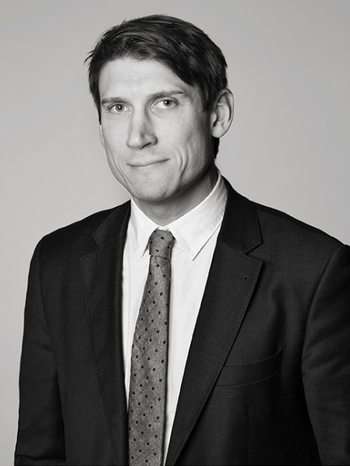Joseph Beuys
"Buttocklifting"
Enamel on metal plate, 1974, signed and numbered 63/80 on label affixed on verso (as issued). Published by Edition Staeck, Heidelberg. 20 x 30 cm.
Provenance
Anders Tornberg Gallery, Lund.
Literature
Schellmann 120.
Artist
Joseph Beuys was a German draftsman, sculptor, and art theorist who worked both in Europe and the USA. He is considered one of Germany's most influential conceptual artists of the post-war era, associated notably with the Fluxus movement. Beuys studied at the Düsseldorf academy of Art between 1946 and 1951, where in 1961 he became a professor in sculpture. He has a strong interest for natural scenes, folklore and mythology, and strongly emphasises the healing potential of art for both the artist and the viewer, addressing social, psychological, and political themes. Beuys is particularly renowned for works incorporating materials like fat and felt—two common substances, one organic and one manufactured, which held deep personal significance for the artist. Examples include his sculpture "Fat Chair" and "Felt Corner" (1964) and the installation "Tallow" (1977). These pieces reflect Beuys' belief in art's transformative power and its ability to engage with complex human experiences.
Read more








































